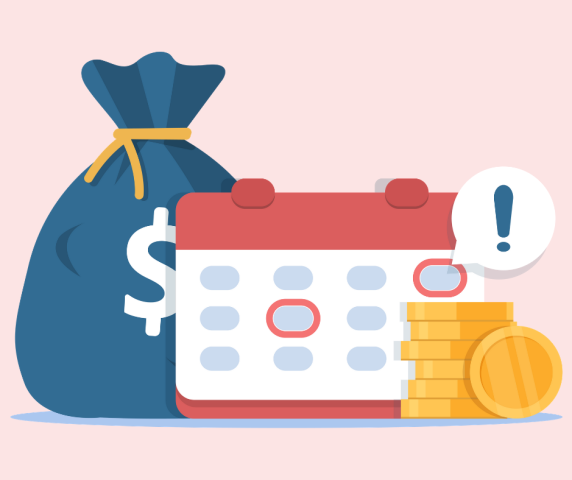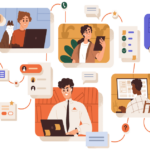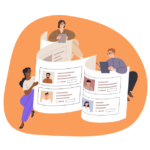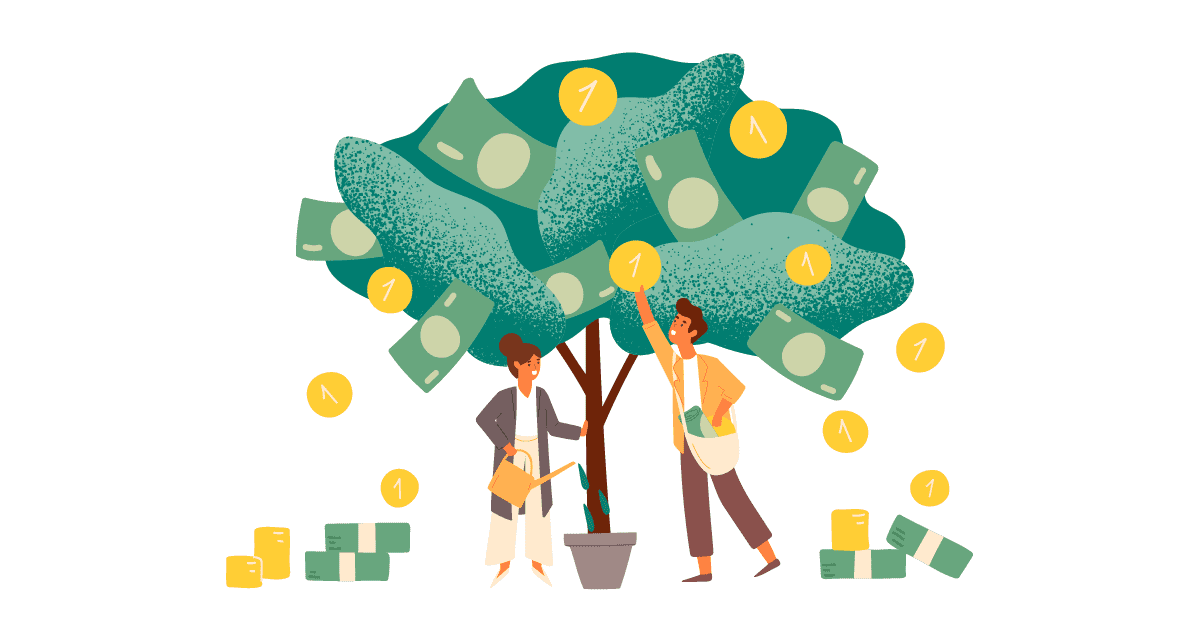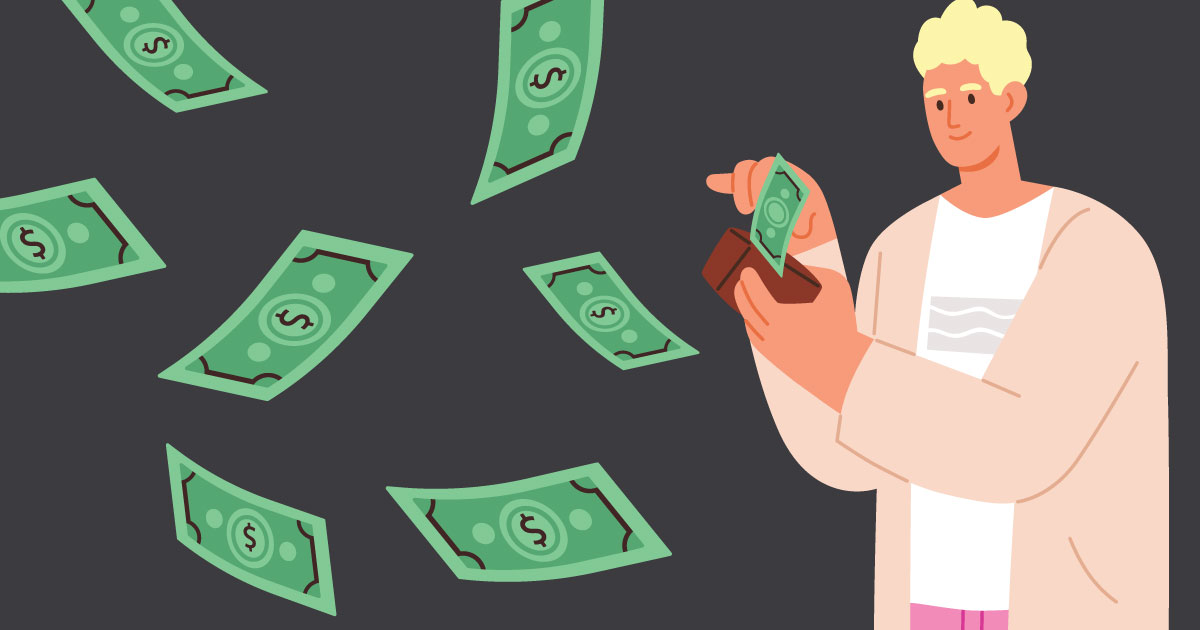- Guest Contributor
- July 1, 2021
Debt repayment can improve the quality of your financial future, but you need to plan it correctly to see the maximum benefits. Without a good plan, you could end up taking much longer to repay outstanding debt. You might also choose a method that means paying more interest than necessary, and it’s naturally better to avoid that if possible. Here are some specifics to look at when building a repayment plan for your debt.
Take Stock of How Much You Owe
The first thing you’ll want to do when it comes to your debt repayment plan is to be clear on what you owe. You really can’t make a good plan to pay off your debt if you’re not sure what you’re dealing with. It might be more or (hopefully) less than you think, and if it’s spread across several credit cards and other types of loans you don’t want to forget anything. Write it all down or use a computer program like a spreadsheet to get it all in one place, with the names of the companies or people you owe and the current totals.
Look at Your Interest Rates and Monthly Payments
Once you know how much you owe, you’ll also want to see how much you’re paying every month and what kind of interest rate you’re dealing with. Those are both very important for your payoff plan. Debt repayment is about more than just the amount of the debt. If you have high balances at high interest rates, it’s often better to get rid of those first. In some cases, though, you may need to target smaller balances before larger ones. Having all the information on rates and payments gives you important knowledge.
Consider the Snowball Method
For some people, the snowball method works the best. While this targets small balances first, it benefits you in two ways. First, it gives you the feeling of accomplishment that comes with paying off a balance quickly. Second, it means you can take the amount you were paying on that small debt and apply it to the next debt in line.
That means a bigger payment on that debt until it’s paid off, and then an even bigger payment on the next debt until it’s paid off, etc., just like a snowball getting larger as it rolls down a hill. While this could mean you have larger balances a little longer, there’s a psychological benefit to paying off the smaller debts and having them completely gone from your list of outstanding balances.
Take Advantage of Interest-Free Offers
If you get an interest-free credit card offer, taking advantage of it could really help you reduce your debt balance faster. Just remember there’s usually a fee to transfer a balance onto the card. So, make sure you’re moving enough money from a high interest rate to a zero interest rate. It makes it worth paying the transfer fee.
Ultimately, you should choose the debt repayment plan that works for your goals and needs. The snowball method works for some people. Others prefer to tackle the largest balance until it’s gone or select the debt with the highest rate of interest. All of those options can be valuable, and the best debt repayment plan is the one you’ll stick with.
About the Author: Michelle Dakota Beck has worked as a professional freelance writer since the 1990s. During that time she has written everything from product descriptions to full-length books. Her areas of specialization include real estate, home services, legal topics, relationships, family life, and mental health issues. You can find her on WriterAccess.


